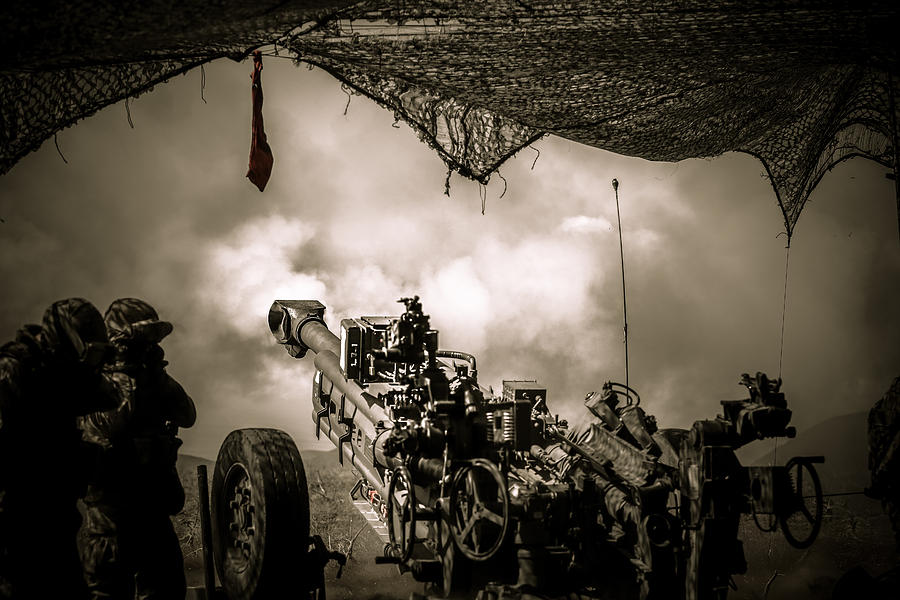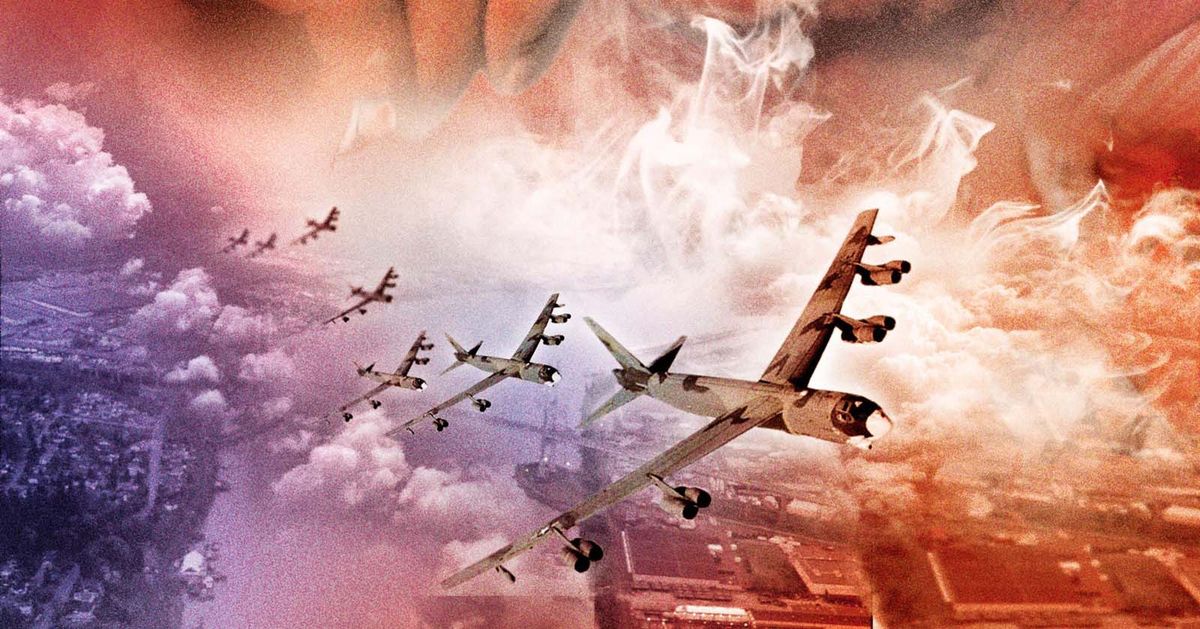


Our nation's $281 billion defense budget in 1998 (compared with the NATO allies' total of $202īillion) represented 34 percent of all world military spending, up from 30 percent in the previous decade. The United States today spends more on defense than the NATO allies, Japan, and South Korea combined. And ten years after the collapse of the Soviet Union, our strategic nuclear arsenal is still an overwhelmingĭeterrent to any nation contemplating attacks by weapons of mass destruction on American soil or, indeed, anywhere else. In the Iraqi desert, our Army and Marine Corps are deployed on the ground from the Korean demilitarized zone to Kuwait. armed forces are manned by highly educated, technologically adept professionals. A quarter century after the decision to end the military draft, the U.S. A half centuryĪfter its warplanes waged strategic bombing campaigns against imperial Japan and the Third Reich, our Air Force can launch precision-guided weapons at the enemy, or transport troops and equipment nonstop from the United Ten decades after the naval victories at Manila Bay and Santiago de Cuba in 1898 that propelled the United States onto the world's stage, our Navy warships steam unopposed in every ocean. armed forces are operating in critical hot spots from Korea to Kosovo and from the Adriatic Sea to the Arabian Gulf. At the dawn of the twenty-first century, the United States remains the world's sole superpower, and the U.S.


 0 kommentar(er)
0 kommentar(er)
